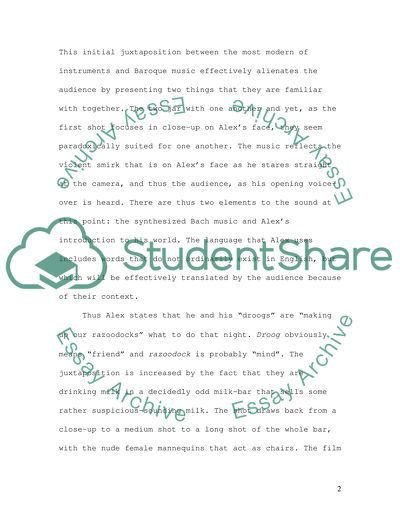Cite this document
(“Sound in A Clockwork Orange Essay Example | Topics and Well Written Essays - 2000 words”, n.d.)
Retrieved from https://studentshare.org/miscellaneous/1533120-sound-in-a-clockwork-orange
Retrieved from https://studentshare.org/miscellaneous/1533120-sound-in-a-clockwork-orange
(Sound in A Clockwork Orange Essay Example | Topics and Well Written Essays - 2000 Words)
https://studentshare.org/miscellaneous/1533120-sound-in-a-clockwork-orange.
https://studentshare.org/miscellaneous/1533120-sound-in-a-clockwork-orange.
“Sound in A Clockwork Orange Essay Example | Topics and Well Written Essays - 2000 Words”, n.d. https://studentshare.org/miscellaneous/1533120-sound-in-a-clockwork-orange.


